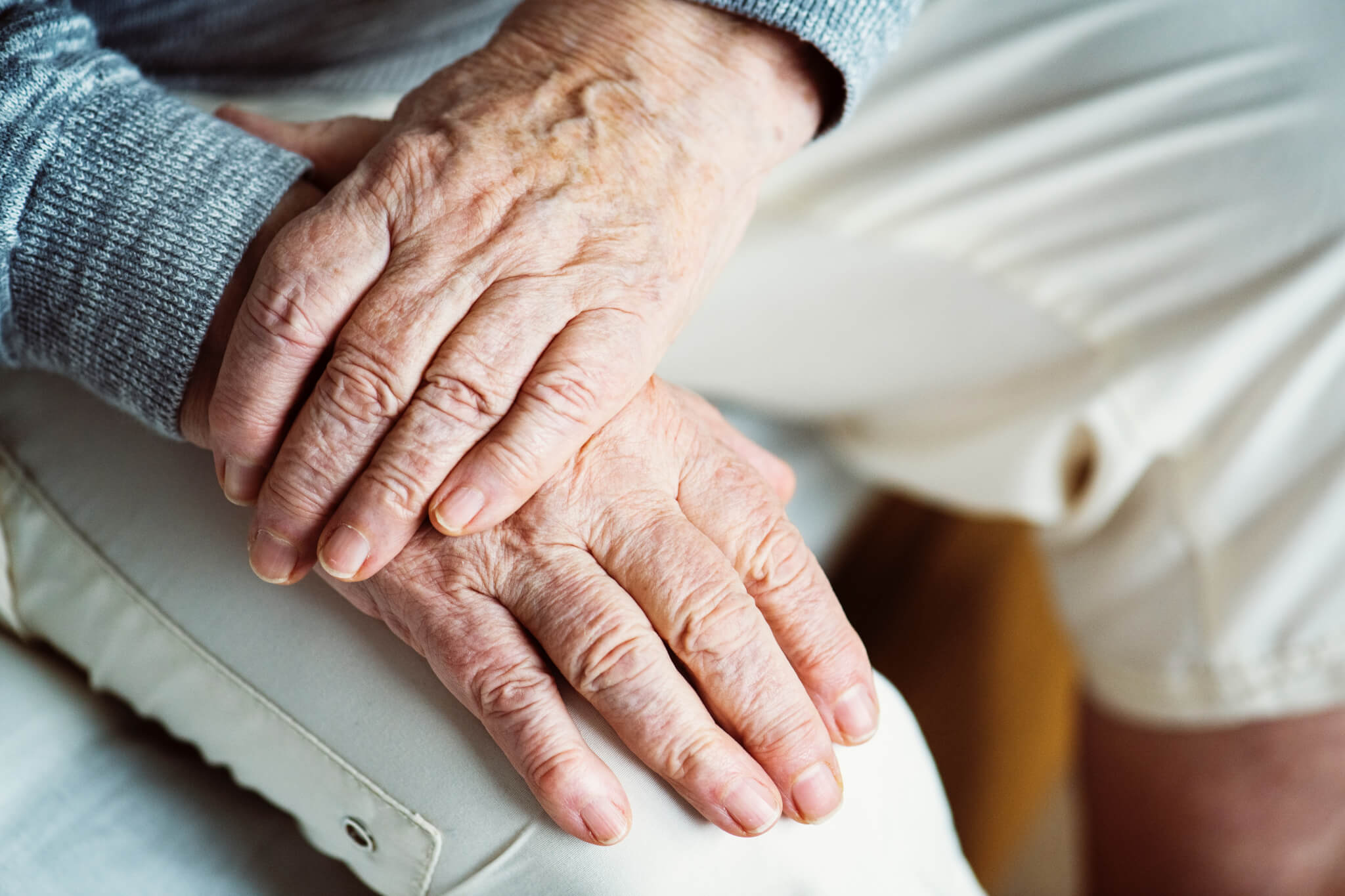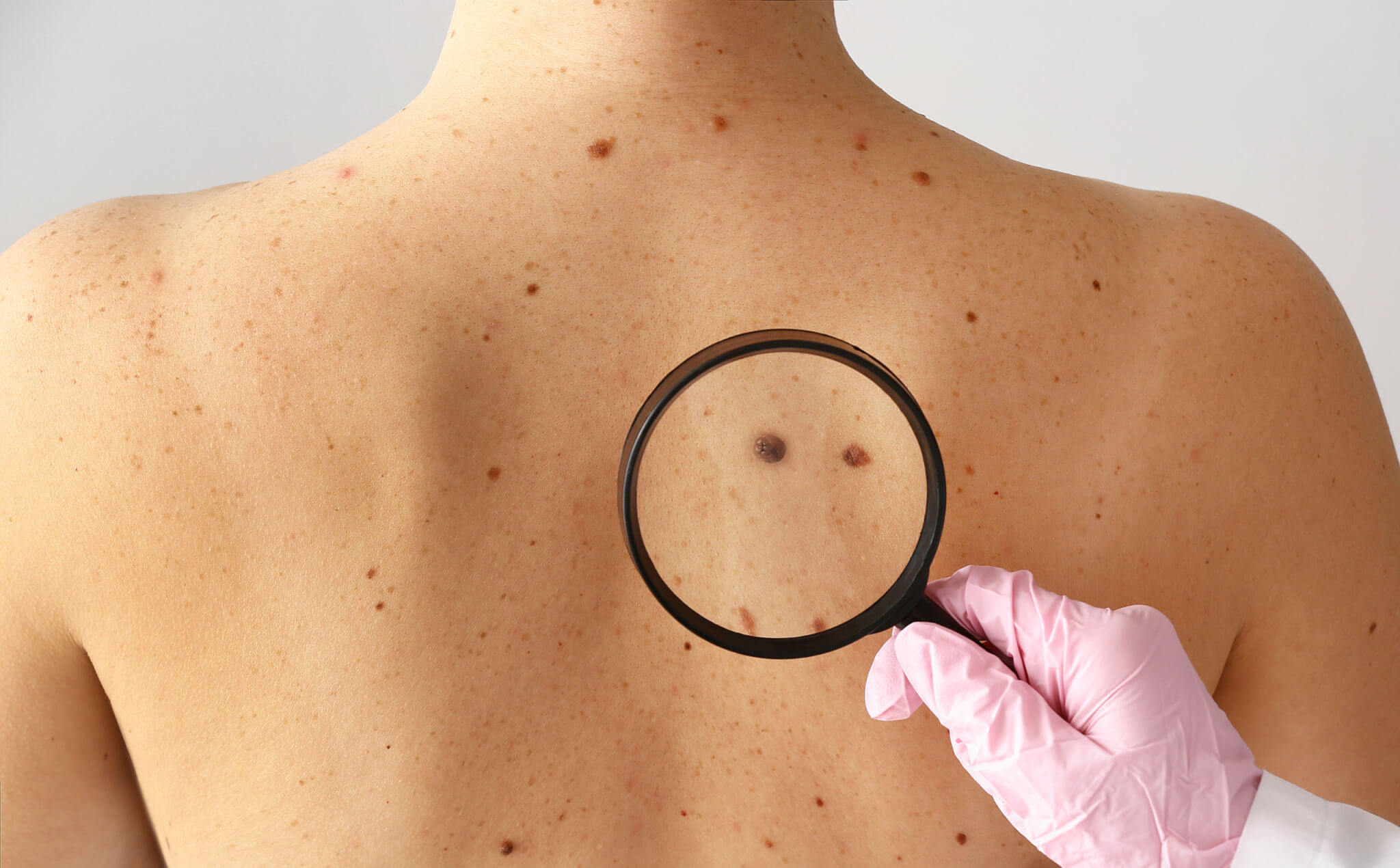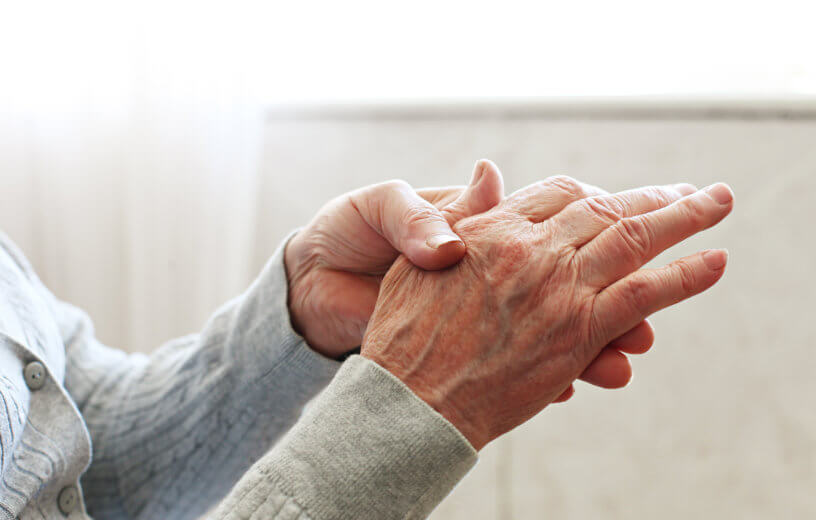BALTIMORE — A new study is warning why older people are more susceptible to developing and dying from metastatic skin cancer. Researchers from Johns Hopkins Kimmel Cancer Center reveal how physical changes in our skin as we age contribute to the severity and spread of skin cancer.
Published in the journal Nature Aging, scientists discovered that as skin ages, it becomes stiffer and loses elasticity, which in turn, leads to a dramatic increase in a protein called ICAM1. This protein plays a crucial role in promoting the growth of new blood vessels within tumors, providing them with the necessary nutrients to grow. Moreover, ICAM1 makes these blood vessels “leaky,” facilitating the escape of cancer cells from the tumor and their spread to other parts of the body.
“As we age, the stiffness of our skin changes,” says study author Dr. Ashani Weeraratna, associate director for laboratory research at the Kimmel Cancer Center and professor of oncology at the Johns Hopkins University School of Medicine, in a media release. “That not only has physical implications, but it also has signaling implications and can lead to increases in new blood vessel growth or disruption of blood vessel function.”

Melanoma, the deadliest form of skin cancer, poses a greater threat to the older population, with over 200,000 Americans expected to be diagnosed in 2024 alone. The study highlights that older patients face higher risks of melanoma recurrence, metastasis, and mortality compared to their younger counterparts.
Researchers focused on how age-related changes, including decreased production of a protein known as HAPLN1, contribute to the skin’s stiffening. HAPLN1 is vital for maintaining the extracellular matrix’s structure, a network that supports the skin’s suppleness. The decline in HAPLN1 with age indirectly boosts ICAM1 levels, leading to the aforementioned adverse effects.
In an encouraging development, Weeraratna and her team demonstrated that treating older melanoma-afflicted mice with drugs that inhibit ICAM1 can significantly reduce tumor sizes and prevent metastasis. This breakthrough opens the door to developing new, more targeted drugs for treating melanoma in the elderly.

The study’s findings may have broader implications for treating other age-related cancers and understanding the aging process’s impact on wound healing and diseases like cardiovascular disease and strokes. The importance of angiogenesis, the formation of new blood vessels, is underscored not only in cancer but also in healing wounds and maintaining healthy organs.
“We know that age-related angiogenesis is important in many different cancers and multiple aspects of health and disease,” notes Weeraratna, who is also the E.V. McCollum Chair of Biochemistry and Molecular Biology at the Johns Hopkins Bloomberg School of Public Health and a Bloomberg Distinguished Professor. “Finding a new way to target that in different tumor types could have a big impact.”
Skin Cancer Warning Signs
Skin cancer is one of the most common types of cancer, but it’s also one of the most preventable and treatable cancers when detected early. Knowing the signs of skin cancer can save lives. Here’s what to look out for:
- Asymmetry: One half of the mole or birthmark does not match the other. If you draw a line through the middle, the two halves will not mirror each other.
- Border Irregularity: The edges are irregular, ragged, notched, or blurred. The border of the mole may be unclear or spread into the surrounding skin.
- Color Changes: The color is not the same all over and may include shades of brown or black, sometimes with patches of pink, red, white, or blue.
- Diameter: The spot is larger than 6 millimeters across (about ¼ inch – the size of a pencil eraser), although melanomas can sometimes be smaller than this.
- Evolving: A mole or skin lesion that looks different from the rest or is changing in size, shape, or color.
- Sore that doesn’t heal: Skin cancers may bleed and look like sores that don’t heal.
- Pain: A spot that becomes painful or tender.
- Itchiness or rash: Skin cancer may itch, feel tender, or cause a rash.
- Shiny lumps: These can be pearly, clear, or even red, pink, or white and might indicate basal cell carcinoma.
- Rough or scaly red patches: Which might crust or bleed, could be a sign of squamous cell carcinoma.
- Changes in nails: Unexplained changes to the nails, such as dark streaks under the nail, can be a sign of melanoma.
Early detection is crucial. If you notice any of these signs, or if a mole or patch of skin starts to look different from the others, it’s important to see a health care provider or a dermatologist as soon as possible. They can evaluate your skin and determine if any areas are cause for concern.
